Overview
Map
Other Details
كنيسة مار سركيس وباخوس
Rechdibbine
Koura
North
كنيسة مار سركيس وباخوس - رشدبينهي كنيسة البلدة الرعائيّة بُنيت حوالي سنة ١٩٠٥ مكان كنيسة أقدم عهدًا. رُمّمت الكنيسة على عدّة مراحل، وهي مؤلّفة من سوق واحد وعقدٍ مصالب. اللوحة القديمة من عمل كنعان ديب الدلبتاوي تعود لسنة ١٨٥٨. أمّا اللوحة الجديدة فهي من عمل هارمانديان وتعود لسنة ١٩٥٩.The church of Sts Sergius and Bacchus - ReshdebineThe church is the parochial church of the village, built in 1905 on the site of an older church. The church was restored on several occasions, it consists of a single apse with a crossed vault. The church holds two paintings of the patron saints: the older one by Kannan Dib from 1858, and the new one by Harmanedian from 1959.
Visited 2072 times, 2 Visits today




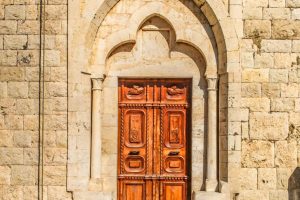
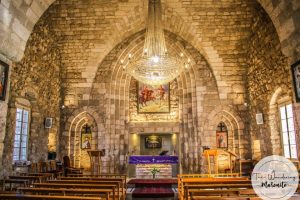

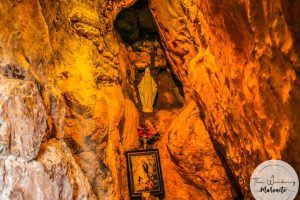
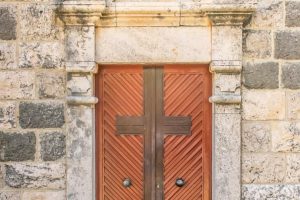










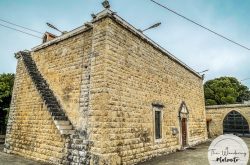
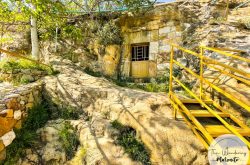
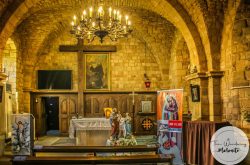
Reviews are disabled, but trackbacks and pingbacks are open.